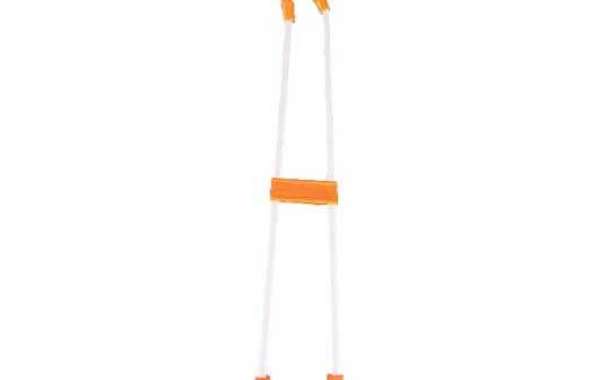Small Litter pickers, though often overlooked in the realm of design, play an essential role in maintaining cleanliness and environmental sustainability. These seemingly simple tools have evolved over the years, not just in terms of functionality but also in their appearance and design.
A well-designed litter picker starts with the handle. It should be comfortable to hold, allowing users to exert precise control over the tool. Ergonomically shaped handles reduce hand fatigue during prolonged use.
Durable Construction: The materials used in the construction of a litter picker should prioritize durability. Common materials include high-quality plastics and aluminum, chosen for their lightweight yet robust properties.
Efficient Claw Design: The business end of the litter picker, known as the claw or jaw, is designed to grip and hold onto litter securely. Claw designs vary, but they all aim to provide a firm grasp on objects of various shapes and sizes.
Trigger Mechanism: The trigger mechanism is integral to litter picker functionality. It allows users to open and close the claw, enabling them to pick up litter with ease. A well-designed trigger should be responsive and easy to use.










